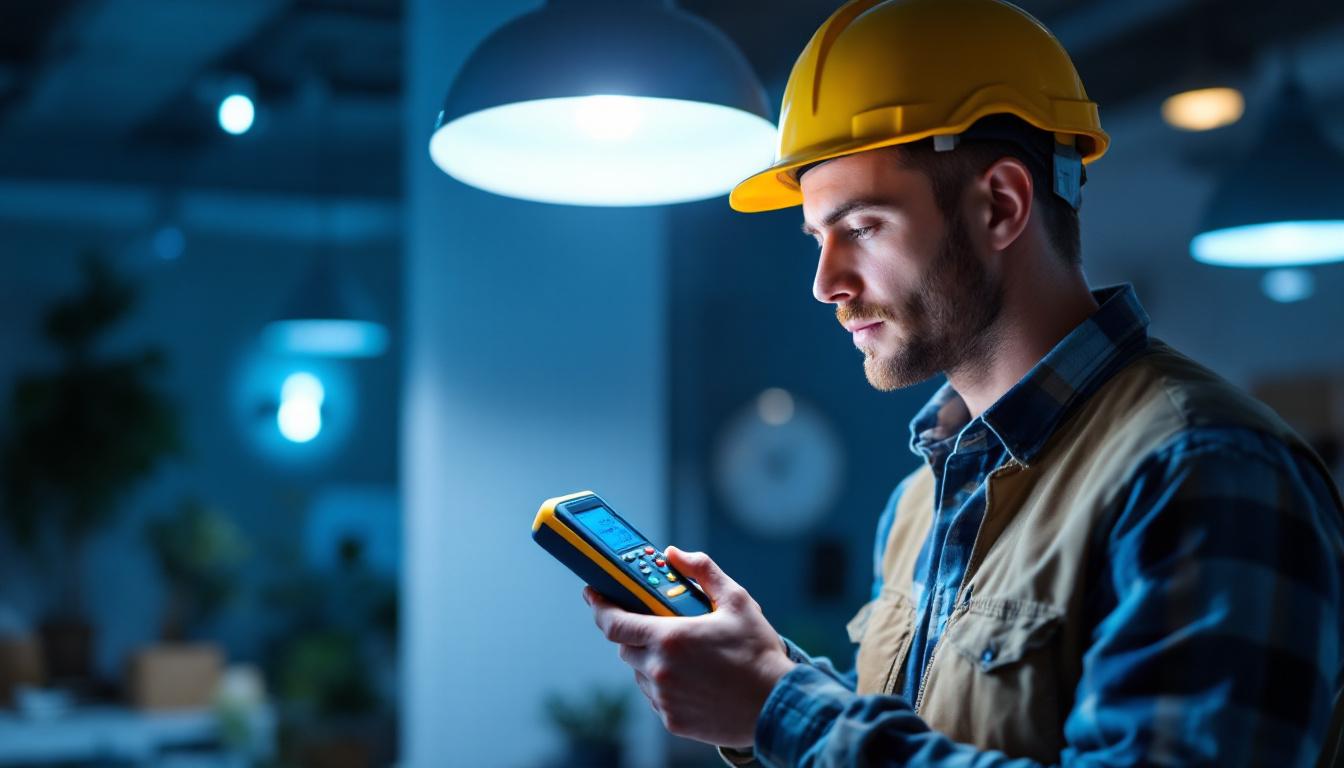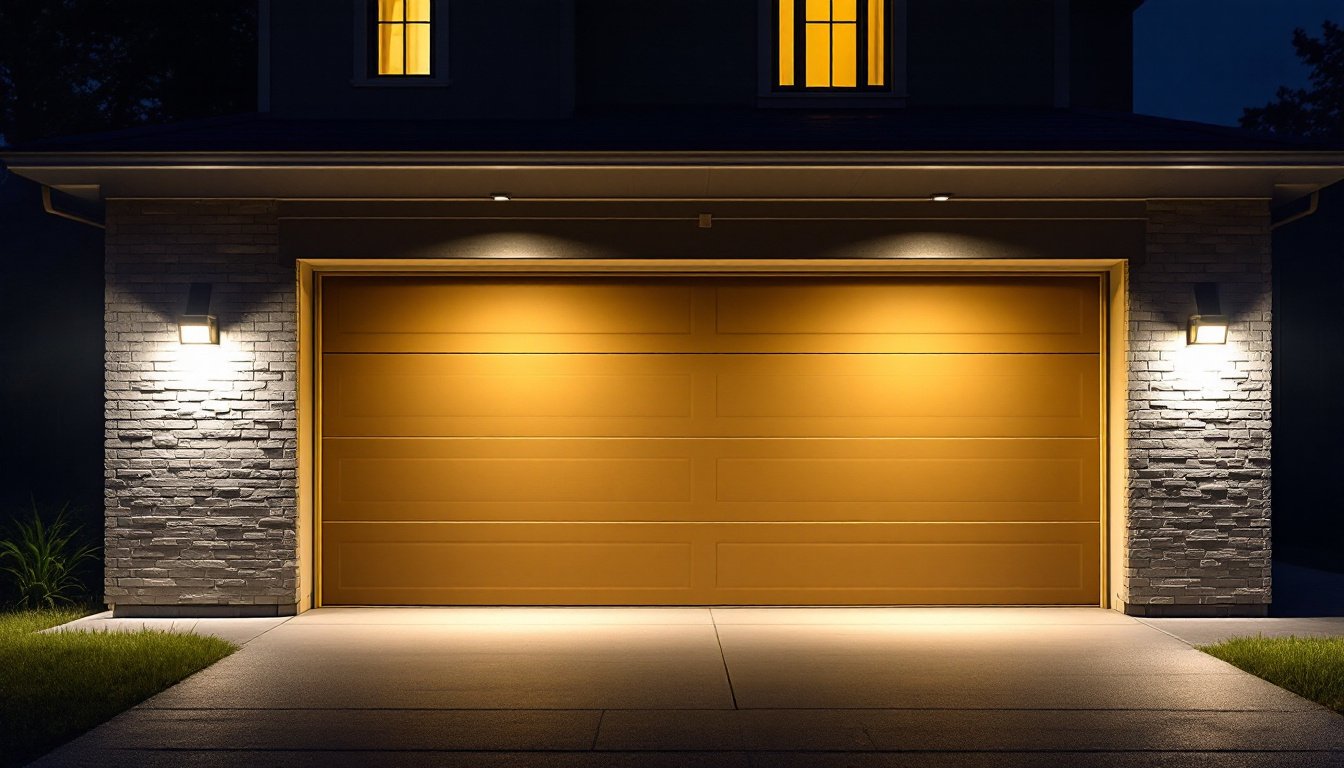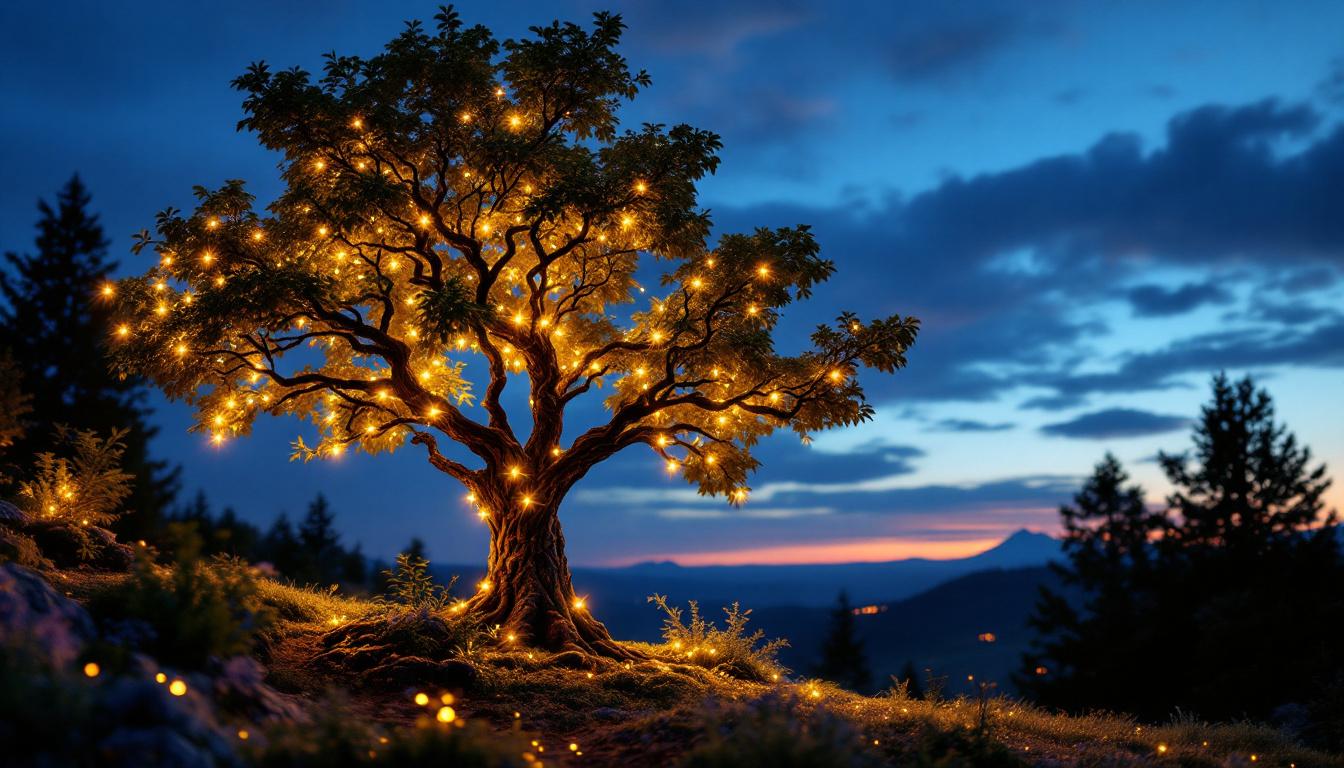
Temporary lighting stringers are an essential component in the toolkit of lighting contractors, especially when it comes to events, construction sites, and outdoor gatherings. These versatile lighting solutions not only enhance visibility but also contribute significantly to the ambiance of any setting. In this article, lighting experts share their insights on the effective use of temporary lighting stringers, exploring their applications, installation techniques, and maintenance tips.
Temporary lighting stringers are flexible lighting systems that can be easily installed and removed as needed. They typically consist of a series of light fixtures connected by a durable electrical cable, allowing for a wide range of configurations. These stringers are particularly useful for outdoor events, construction sites, and festivals, where permanent lighting solutions are impractical.
One of the standout features of temporary lighting stringers is their adaptability. They can be configured in various lengths and shapes to suit different environments, making them ideal for both short-term and long-term applications. Additionally, many stringers are designed to withstand harsh weather conditions, ensuring that they remain functional even in adverse environments.
Another important feature is the ease of installation. Most temporary lighting stringers come with user-friendly connectors and mounting options, allowing contractors to set them up quickly and efficiently. This is particularly beneficial in fast-paced environments where time is of the essence. Furthermore, many models are equipped with energy-efficient LED bulbs, which not only reduce electricity costs but also have a longer lifespan compared to traditional incandescent bulbs. This combination of efficiency and durability makes them a smart choice for budget-conscious projects.
Temporary lighting stringers are widely used across various industries. In the event planning sector, they are often employed to illuminate outdoor weddings, parties, and festivals. The warm glow of string lights can create an inviting atmosphere, enhancing the overall experience for attendees. Event planners frequently use these stringers to highlight specific areas, such as dance floors or dining spaces, adding a touch of elegance and charm to the setting.
In construction, these lighting solutions provide essential visibility on job sites, ensuring safety and efficiency. They can be easily repositioned as work progresses, making them a practical choice for dynamic environments. Additionally, temporary lighting stringers are frequently utilized in film and photography, where they can help create specific moods and effects. Cinematographers often experiment with different light placements to achieve the desired ambiance, using stringers to cast soft shadows or highlight particular features in a scene. Beyond these applications, temporary lighting stringers are also popular for seasonal decorations, such as holiday displays, where they can transform ordinary spaces into festive wonderlands, captivating both residents and visitors alike.
Proper installation of temporary lighting stringers is crucial for both safety and effectiveness. Lighting contractors should adhere to best practices to ensure that the installation is secure and meets all necessary regulations.
Before installation, a detailed plan should be developed. This includes determining the desired layout, selecting appropriate light fixtures, and assessing power supply requirements. Consideration should also be given to the height and spacing of the stringers to maximize light coverage while minimizing glare.
It’s advisable to conduct a site survey to identify potential obstacles and hazards. This proactive approach can help prevent issues during installation and ensure that the lighting meets the specific needs of the project.
Once the layout is determined, securing the stringers properly is essential. Use high-quality mounting hardware and ensure that all connections are tight and secure. Depending on the environment, it may be necessary to use additional support, such as poles or brackets, to keep the stringers stable.
For outdoor installations, it is important to consider weather conditions. Stringers should be anchored securely to withstand wind and rain, and all electrical connections should be protected from moisture to prevent short circuits.
Regular maintenance is vital to ensure the longevity and safety of temporary lighting stringers. Lighting contractors should implement a routine inspection schedule to identify any potential issues before they become significant problems.
During inspections, check for signs of wear and tear, such as frayed cables or damaged fixtures. Any issues should be addressed immediately to prevent safety hazards. Additionally, ensure that all connections are secure and that the lights are functioning correctly.
It is also important to clean the fixtures regularly, as dust and debris can accumulate and affect performance. Using a soft cloth and mild cleaning solution can help maintain the brightness and clarity of the lights.
Electrical safety is a paramount concern when working with temporary lighting stringers. Contractors should always follow local electrical codes and regulations. This includes using the correct gauge of wire for the load and ensuring that all connections are weatherproofed when used outdoors.
Furthermore, it is advisable to use Ground Fault Circuit Interrupters (GFCIs) to protect against electrical shock. These devices can quickly cut off power in the event of a fault, providing an additional layer of safety for both workers and attendees.
The choice of lighting fixtures can significantly impact the effectiveness of temporary lighting stringers. Different types of bulbs offer various benefits, and understanding these can help contractors make informed decisions.
LED bulbs are becoming increasingly popular due to their energy efficiency and longevity. They produce less heat, which can be an important consideration in certain environments. Additionally, LED lights are available in a variety of colors and styles, allowing for creative lighting designs.
Incandescent bulbs, while less energy-efficient, provide a warm light that is often preferred for creating a cozy atmosphere. They are typically less expensive upfront but may require more frequent replacement, making them less ideal for long-term use.
The color temperature of lighting can greatly influence the mood of an event or setting. Warmer tones (around 2700K to 3000K) are often used for social gatherings, creating an inviting and relaxed atmosphere. Cooler tones (above 4000K) are more suitable for work environments, providing a bright and energizing effect.
Contractors should consider the desired ambiance when selecting fixtures, as this can enhance the overall experience for attendees or workers. Mixing different color temperatures can also create dynamic effects, adding depth and interest to the lighting design.
The lighting industry is constantly evolving, with new trends and technologies emerging regularly. Staying informed about these innovations can give contractors a competitive edge and enhance their service offerings.
Smart lighting technology is becoming increasingly popular in temporary lighting applications. These systems allow for remote control and programming, enabling contractors to adjust brightness, color, and timing from a smartphone or tablet. This level of control can enhance the flexibility of temporary lighting setups and improve energy efficiency.
Additionally, smart lighting can integrate with other technologies, such as sound systems or event management software, creating a cohesive experience for attendees. This trend is particularly appealing for high-end events where ambiance is key.
As sustainability becomes a priority for many organizations, eco-friendly lighting options are gaining traction. Solar-powered string lights and energy-efficient LED fixtures are excellent choices for contractors looking to reduce their environmental impact.
Using renewable energy sources not only lowers electricity costs but also appeals to environmentally conscious clients. By offering eco-friendly lighting solutions, contractors can differentiate themselves in a competitive market.
Examining successful case studies can provide valuable insights into the effective use of temporary lighting stringers. These examples showcase innovative approaches and highlight best practices that can be applied to future projects.
One notable case involved a large outdoor music festival where temporary lighting stringers were used to create a vibrant atmosphere. The lighting contractor designed a layout that incorporated various colors and patterns, enhancing the overall experience for festival-goers.
By using a combination of LED and incandescent bulbs, the contractor was able to create distinct zones within the festival grounds, each with its own unique ambiance. This approach not only improved visibility but also contributed to the festival’s branding and overall aesthetic.
In another case, a lighting contractor was tasked with providing temporary lighting for a large construction site. The contractor implemented a comprehensive lighting plan that included strategically placed stringers to illuminate pathways and work areas.
By using durable fixtures designed for outdoor use, the contractor ensured that the site remained well-lit and safe for workers. Regular inspections and maintenance were conducted to address any issues promptly, resulting in a successful project that met safety regulations and enhanced productivity.
Temporary lighting stringers are an invaluable resource for lighting contractors, offering versatility, ease of installation, and a wide range of applications. By understanding the key features, installation best practices, and maintenance considerations, contractors can maximize the effectiveness of these lighting solutions.
As the industry continues to evolve, staying informed about innovative trends and technologies will be essential for contractors looking to remain competitive. By embracing smart lighting solutions and eco-friendly options, contractors can not only enhance their service offerings but also contribute to a more sustainable future.
Ultimately, the insights shared by expert lighting contractors underscore the importance of careful planning, execution, and maintenance in the successful use of temporary lighting stringers. With the right approach, these lighting solutions can transform any space, creating memorable experiences for clients and attendees alike.
Ready to elevate your lighting game with the versatility and ease of temporary lighting stringers? Look no further than LumenWholesale for all your lighting needs. Our spec-grade products are designed to meet the highest industry standards, ensuring you have access to reliable and high-performance lighting for every project. Say goodbye to inflated markups and hello to unbeatable wholesale prices, complemented by the convenience of free shipping on bulk orders. Don’t compromise on quality or value; choose LumenWholesale for the perfect blend of affordability and excellence. Discover wholesale lighting at the best value and make your next project shine.

Discover how to accurately measure foot candles with our lighting contractors’ guide.

Discover how strategic garage outdoor lighting can enhance the efficiency of your lighting projects.

Discover the ultimate resources lighting contractors rely on to master the art of solar power lights for trees.

Discover the innovative strategies smart lighting contractors use to retrofit recessed lights, enhancing energy efficiency and modernizing spaces.